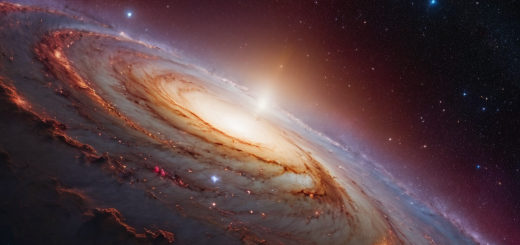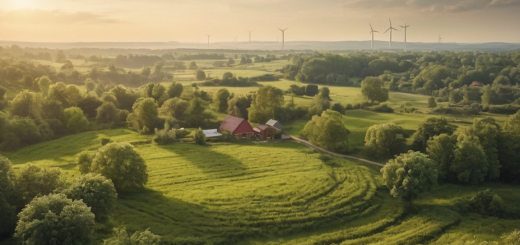Unraveling the Mysteries of the Deep: The Mariana Trench
Discover the Depths: The Mariana Trench Explored
Far beneath the waves of the Pacific Ocean lies a world shrouded in darkness and mystery. This is the realm of the Mariana Trench, the deepest part of the world’s oceans and a subject of fascination and intrigue for scientists and explorers alike. Today, we dive into the depths to uncover what makes the Mariana Trench a hidden treasure trove of the deep sea.

Understanding the Mariana Trench
The Mariana Trench is located in the western Pacific Ocean, to the east of the Mariana Islands. It is a crescent-shaped scar in the Earth’s crust that measures about 2,550 kilometers (1,580 miles) in length and 69 kilometers (43 miles) in width. The trench reaches an astonishing depth of nearly 11 kilometers (around 7 miles), making it the deepest known point in the ocean, known as the Challenger Deep.
The Formation of the Trench
Made from oceanic crust being forced under the continental crust in a process known as subduction, the Mariana Trench is the result of millions of years of geological activity. It stands as a testament to the dynamic and ever-changing nature of our planet.
Life in the Trench
Despite the extreme conditions, life has found a way to thrive in the Mariana Trench. Organisms known as extremophiles can survive the crushing pressure, lack of sunlight, and scarce food supplies. These include unique species of fish, crustaceans, and microorganisms that have adapted to this alien environment.

Historical Expeditions
Human interest in the Mariana Trench has a storied history. The first recorded descent to the trench was made by the bathyscaphe Trieste in 1960. Since then, only a handful of manned and unmanned vehicles have made the journey, including the Deepsea Challenger piloted by filmmaker James Cameron in 2012.
Current Research and Future Exploration
Modern scientific endeavors aim to study the trench’s biodiversity, geology, and its role in the global ecosystem. Cutting-edge technology now allows for more frequent and thorough exploration, fostering a better understanding of this enigmatic part of our world.

Call to Action
Explore further and join the conversation about our planet’s final frontiers. Let’s support ocean research initiatives and protect these wondrous ecosystems for future generations to uncover.






